
The Self-Help Podcast with Deepali Nagrani
Hi, I’m Deepali — a speaker, storyteller, and proud mom to a wonderful one-year-old. I live in Victoria, BC, Canada, hands down the best place to live!
For as long as I can remember, I’ve been drawn to public speaking. It lights me up in ways I can’t quite explain. I’ve always sought the stage, longing for a space to say something that matters.
Then one day, I realized: if you can’t find a stage, build one.
This podcast is that stage. It was born not just from my love of words, but from one of the hardest chapters of my life. At 32, after one of the toughest chapters of my life, I discovered something worth sharing: my voice, reshaped by truth and tenderness.
Here, I speak from the messy middle of motherhood, healing, identity, fear, hope, and everything in between. It’s not perfect, but it’s real. If you’re craving something genuine, something that feels like a deep breath — you’re in the right place.
Let’s speak the truth. Let’s find meaning together.
Welcome to the stage I built from the feeling of always wanting to be on one.
I’m so glad you’re here.
The Self-Help Podcast with Deepali Nagrani
Overthinking isn't problem solving-here's how to stop it
We unpack why overthinking masquerades as progress and show how small, timed actions restore clarity and momentum. Stories, psychology, and seven practical tools help you move from looping thoughts to decisive steps you can take today.
• the difference between useful analysis and rumination
• the 25–5 and 60–10 time-box rules for decisions
• name the loop and reduce it with visual cues
• next-step-only planning and the two-minute rule
• the three-source limit for cleaner signals
• movement resets and box breathing for clarity
• reframing failure and running a premortem
• the worry window and nightly shutdown ritual
• simple prompts for fast journaling and follow-through
Choose one thing you’ve been overthinking and take one tiny step in the next 24 hours.
If this helped, please follow.
Share it with someone who’s stuck in their head. Give a shout out if you want a worksheet for the 25–5 rule, worry window, and night shutdown ritual.
💛 Thank you for being here.
If something in this episode spoke to you, I hope you carry it with you — or share it with someone who might need it too.
I'd love to hear your story, your thoughts, or just how you're feeling after listening. Reach out anytime at deepalinagrani23@gmail.com
🌐 For more stories, resources, downloadable freebies please visit:
www.deepalinagrani.com
🕊️ This is just the beginning.
Take care of your body. Be gentle with your heart. And never forget — your story matters.
Have you ever stayed awake at 2 a.m. playing the same conversation in your head? Like it's a movie you can control if you just watch it long enough? And have you ever convinced yourself that thinking harder, replaying every possible outcome scenario, and trying to get ahead of the future is actually progress? If yes, stop me for a second. Breathe with me. And let's be honest together. Thinking more is not the same as solving the problem. In fact, most of the time, overthinking is the thing making the problem bigger. And have you heard of the quote, we suffer more in imagination than we do in reality? And that's exactly why we are diving into this topic today. Over the next few minutes, I'll take you through real stories, psychology you can actually use, and practical tools to help you step off the hamster wheel of remunation and back into action. Welcome back to the Self-Help Podcast with me, Tipali. This is your safe space to unpack life's chaos, one story, one lesson, one moment at a time to find clarity, courage, and direction. Let's dive in. I want to tell you a story. One that begins with a crumbled piece of paper and ends with a small ordinary email. Two years ago, I had an opportunity that could change everything: a new role, a move to a different city, new rhythms for our little family. On paper, it looked brilliant. In my mind, catastrophic. For days I would sit with a notebook and my tea, write the same pros and cons, three different ways. I invited a friend for coffee, asked for her advice. I read forums, read threads, articles, devoured the internet. Everything felt important and yet nothing moved me. One night I woke up at 3 a.m. and realized I had wasted a month in a loop. What I had done wasn't thinking. It was rehearsing fear, overplaying scenarios. I had mistaken the illusion of doing something, collecting more information, running through scenarios, for actually making the choice. Finally, I gave myself one clear rule. Decide by this day. For me, it was a Sunday. I set out a 24-hour research window, and then I sent one email. The one that moved things forward. That single lad felt more powerful than four weeks of mental acrobatics. The point of the story is what? Think about it. Action. Even tiny imperfect action clears the fog. Overthinking feels safe because it looks familiar. It feels like preparation. It looks like planning, plotting. But preparation without a timeline is what? It's procrastination in disguise. Before we jump into the tools, we need to understand the difference between helpful thinking, like really understanding, analyzing your case, your situation, and the trap of overthinking. And it's a very wide range of difference between the two. Think of your brain like two engines. One that plans and moves you forward, and the other one that loops old tape trying to help you prevent pain. When we're dealing with a real problem, say how to email a boss for a race or how to ask for a promotion, useful thinking looks like defining your goal, gathering critical information, bringing in your evidence journal of your accomplishments, milestones, highlights at work, setting up a deadline, and then taking the next step. But what overthinking looks like? Entirely opposite. Replaying conversations, self-doubting, self-sabotage, imagining 50 ways the worst could the worst case scenario could happen. Rewriting emails in your head until you forget what you want to say. Or worse yet, putting the emails in draft and never sending or hitting them in. Overthinking creates the feeling of urgency without increasing clarity. Gets you in a state of panic. It gets your stress chemicals up, which makes decision making worse. Problem solving is solution focused. Overthinking is fear-focused. One looks forward, the other reminds the past and looks and takes you backward. We're not saying your brain is broken. It's trying to keep you safe. But safety mode is great for lines and tips. For modern decisions, courier moves, difficult conversations, it often sabotages the very outcomes you want. Next, we get into seven tools or which essentially are practical frameworks to help you overcome this problem. Step 1. Name the loop. When a thought repeats itself, it's not thinking, it's a habit. Labeling it gives you distance. You stop being the thought and you start observing it. That tiny distance is where changes happen. This is the water flow. It's not a plan. It's your fears, it's my fear rehearsing. Action. Write the recurring word at the top of the page. Then beneath it, write what I actually need to know. And list only three facts that matter. When the loop starts, put up a sticky note on your desk labeled loop. That visual cue reduces repetition by about 30-40%. Because it interrupts the automaticity of it, right? I used to Google for days. Then I gave myself 25 minutes and the tyranny of endless options disappeared. What this does is it time boxes. And time boxing turns vake dread into a defined task, it forces prioritization. So give yourself 25 minutes to gather key facts and 5 minutes to pick. Of course, 60-10 for bigger things, 60 minute research given for something that you're looking for, and in the end, 10 minutes to choose your final option from. Try it now. Pause the episode and set a timer for 25 minutes to research a tiny decision. Say for example, basic, most basic. Which template to use for an email, or how to set up a Friday brunch with your friend, or what stocks to invest in, what's the next important financial decision you need to make, or probably what could be your healthy meal ideas for this week. But once you wait 25 minutes, return after the timer and report back in the comments. Let me know. Accountability increases follow through. Step 3 is next step only. When I thought about career change, I tried to plan the entire decade. And that was paralyzing. This famous interview question where do you see yourself in 5 years, 10 years? I don't see myself working on the same thing. Maybe in the same field and not changing careers. I don't know. The only difference is I'm okay with that answer. I don't want to limit myself, and there are so many options to expand the opportunities and possibilities of my life and the tragic drift of my career. So you don't need the whole staircase, just the first step. The future is built step by step. Even when you don't see the entire ladder, the key is to step on the first one in full faith and confidence. Then ask yourself what is the very next action I can take in the 48 hours? Make it tiny, send a two-line email, find one mentor, schedule a 15-minute call. My next step is this and this. I will do it by put it on your calendar now. Use the two-minute rule. If the next steps take under two minutes, do it immediately. Number four is the three source limit. Now I have read 40 reviews on a toaster and still didn't buy it. More data is not equal to better decision. It even amplifies noise. Limit sources. One expert, one peer, one fact sheet. Decide on your three sources ahead of time, but please stop after you hit them. Pick a choice that you've been avoiding. Commit to choosing after those three. Step five is moving to reset. My clear decisions came while walking my baby in this roller, not while actually staring at my laptop or sitting down to write what I need to speak in this podcast. Movement interrupts rumination and engages different brain neural pathways and networks. Same with things like walking, stretching, or cleaning. All of this can spark solutions. So when you cat yourself looping, stand up, something to actually physically move you and change your current state or activity. And ask the next step question quietly. Use a tape to record if an idea surfaces, or maybe take out the notes app on your phone, or just what's happened to yourself. Box break. Inhale 4, hold 4, exhale 4. Again. Inhale 4, hold 4, exhale 4. Do this three times to reduce spike of stress chemicals and get the clarity. Okay, I replaced whatever I fail with, even if I fail, I'll learn X, Y, or Z, and I will still be okay. Reframing reduces catastrophic imagining. Primortem is imagining how something could fail. Not to paralyze you, but to create a mitigation plan. It's surgery on the fear. Take it apart. Spend 10 minutes listing ways a plan could fail. And then list the most likely fixes. Or say three most likely fixes. You have now turned wake fear into a plan. Even if X happens, my next concrete move will be Y. And please schedule a worry window. I used to play replay several times the worst parts at 11:30 pm. I created a 20-minute worry window whenever I was most overwhelmed during the day. And then I remind myself this is my only window or time box where I can worry. And I do not need to waste my energy and effort into worrying part of the other time of the day. And that really, really works. Giving worrying a time and place contains it, time boxes it. A mental shutdown ritual signals to your brain that the day is done, your worries are over. Schedule 20-minute worry window in your day if that helps. And during that window, you write everything down, then close the notebook. And after that, do a 15-minute wind down. Tim the lights, journal gratitude, say out loud, I did what I could today and I did my best, and that is enough. I will revisit it at my worry window tomorrow. Put this phrase on a sticky note by your pen. You don't need to think it forever. Let me close with another story. After switching from endless analysis to one small step at a time, I began to notice a pattern. Decisions stopped feeling like traps and started to feel like momentum. Not every decision landed perfectly. Some choices definitely needed course correcting. But when I let action be the teacher, I learned faster and felt less drained. Here's what I want to leave you with. Overthinking is a habit. Habits can be changed. And that's the good news. I have to be friends with every anxious thought. Think it, label it, and then intentionally do the next small thing. If you take only one thing from this episode, let it be this line. Progress comes from imperfect action and not perfect thinking. And before you go, one simple challenge. Choose one thing that you've been overthinking about and take one tiny step in the next 24 hours. Put a time on the calendar right now. Maybe give an hour, 30 minutes. And if you want the accountability, feel free to write to me in the comments. I'll read them. I promise you. Quick tips and hacks before we summarize and conclude. Three-line journaling prompt. What is the loop about? Label it. What is the one next step that I can immediately do? Number three, if you can do it, put a timer, time box, put it on your calendar, add it in your schedule so you can integrate in your busy life. And ask this question when will I do it? Another is the 24-hour decision challenge. Pick one decision that you've been overthinking about. Time box 25 minutes to research about it and 5 minutes to decide if it's a longer, bigger problem that you're trying to solve, 60 minutes to research about it, and 10 minutes to decide. Report back in the comments. If this helped, please like and subscribe. If you know someone who's stuck in their head, share it with them. Maybe this is the nudge that they're looking for. And if you want me to create a worksheet that walks people through the 25-5 decision rule, the worry window template and the night shut-up ritual. Give a shout out in the comments and I'll put it together. Thank you so much for spending your attention with me today. Remember, you're not your thoughts, you're not your anxiety, you're not your anxious thoughts. You're the one who decides what you're thinking now. You are the one who decides what to do next. Go take one small step and you be the master. If those if this episode helped you, please take a second to follow. Why might be stuck in their thoughts and heads right now. And if you know someone who overthinks everything, because I think I overthink overthinking, share it with them. Sometimes just hearing a fresh perspective is the first step in breaking that cycle. And don't forget, this is the Self Help Podcast. Your safe space to pause, reflect, and take action on the things that really matter. Thank you so much for spending this time with me today. Remember, you're not your thoughts. You're the one who decides what you think and what you do next. Go. Take that small step, and I'll see you soon. Until then, bye bye.
Podcasts we love
Check out these other fine podcasts recommended by us, not an algorithm.

She's So Lucky
She's So Lucky
The Live with Audacity™ Podcast - Women Overcoming Society
Melissa Stuart | Audacity Coach, Authenticity Expert, Multi-Brilliant, Deconstruction, Alignment, Confidence, Purpose, Clarity, Freedom, Abundance, Manifest, Heal, ADHD, Subconscious Shifts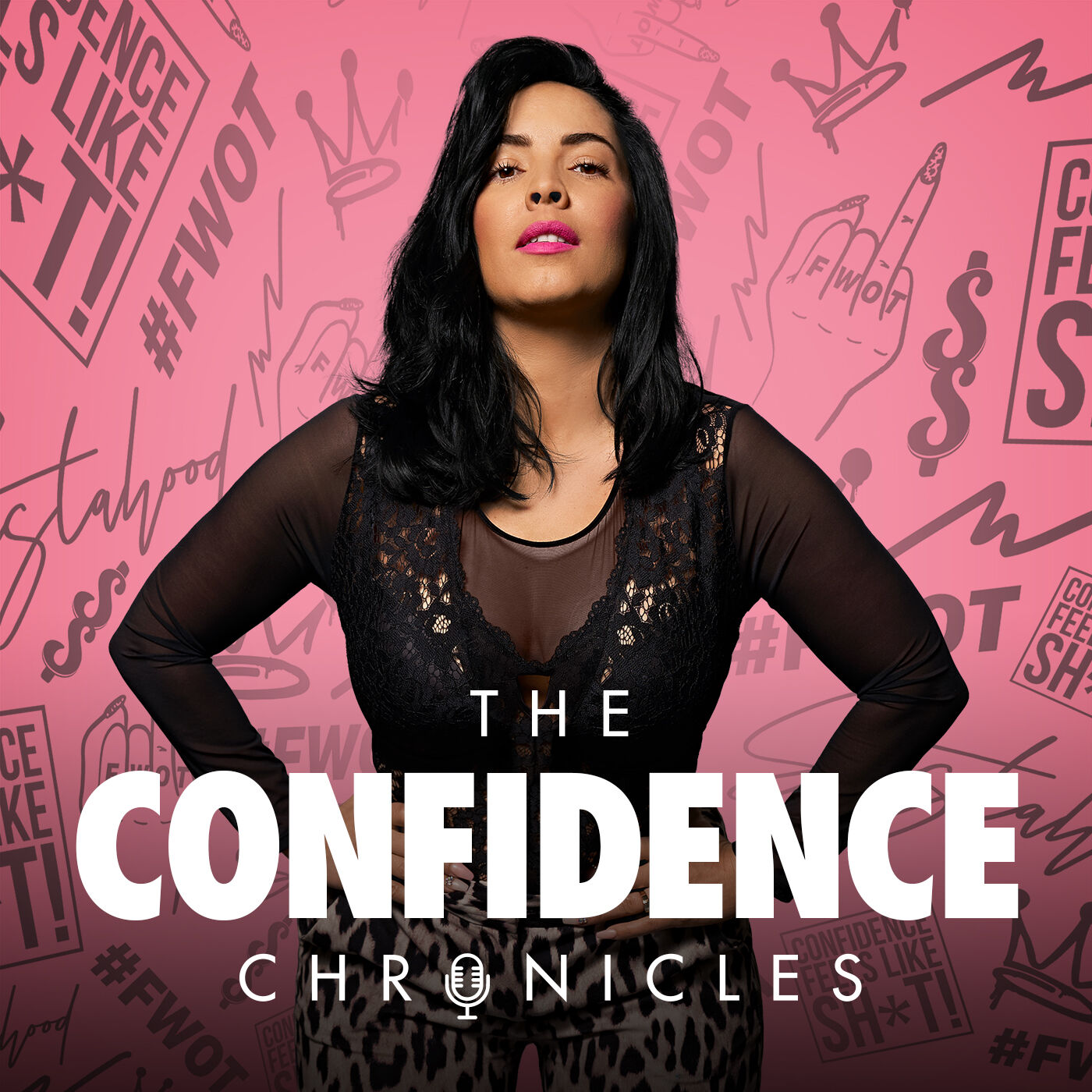
The Confidence Chronicles
Erika Cramer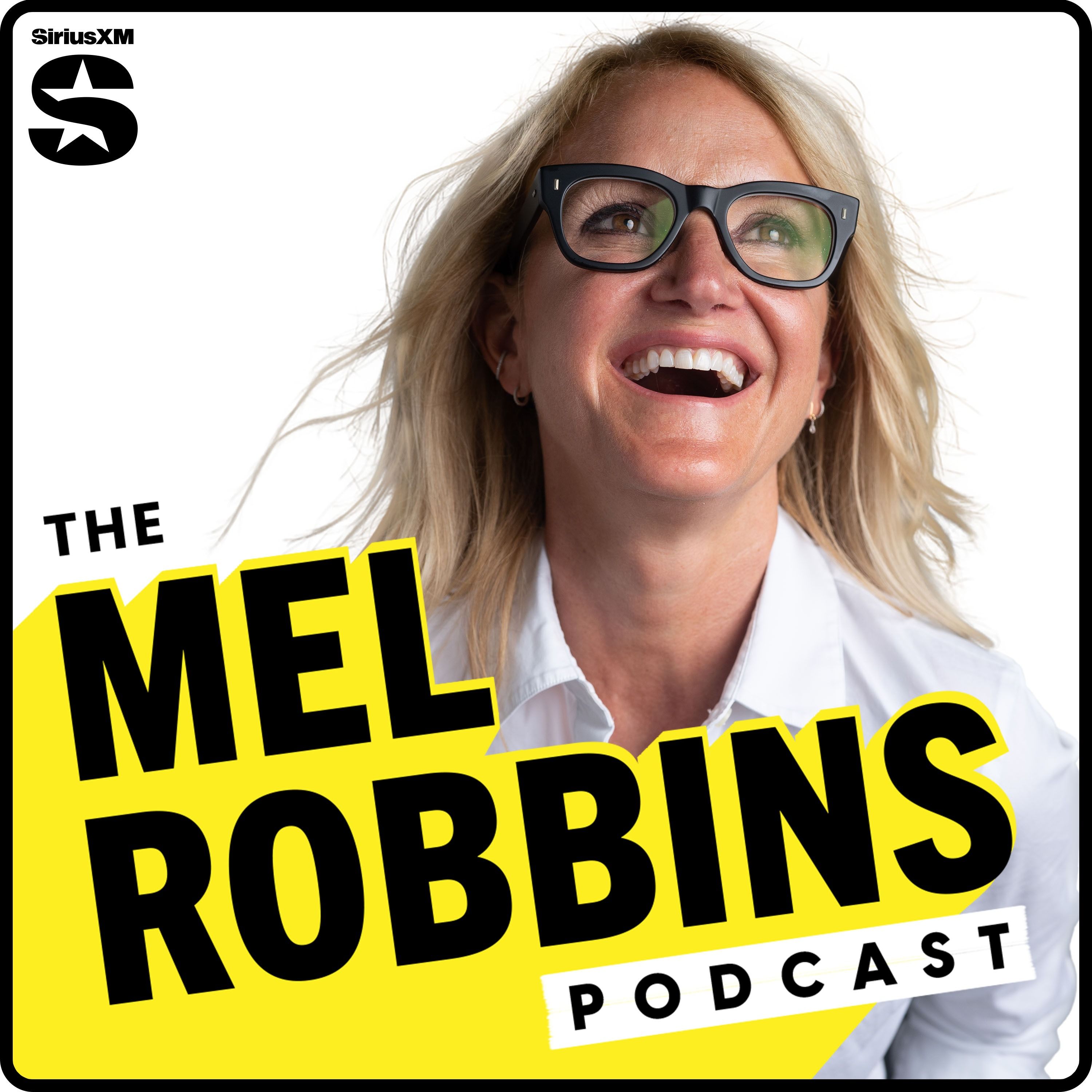
The Mel Robbins Podcast
Mel Robbins
Oprah's Super Soul
OprahHelp Me Be Me
Cloud10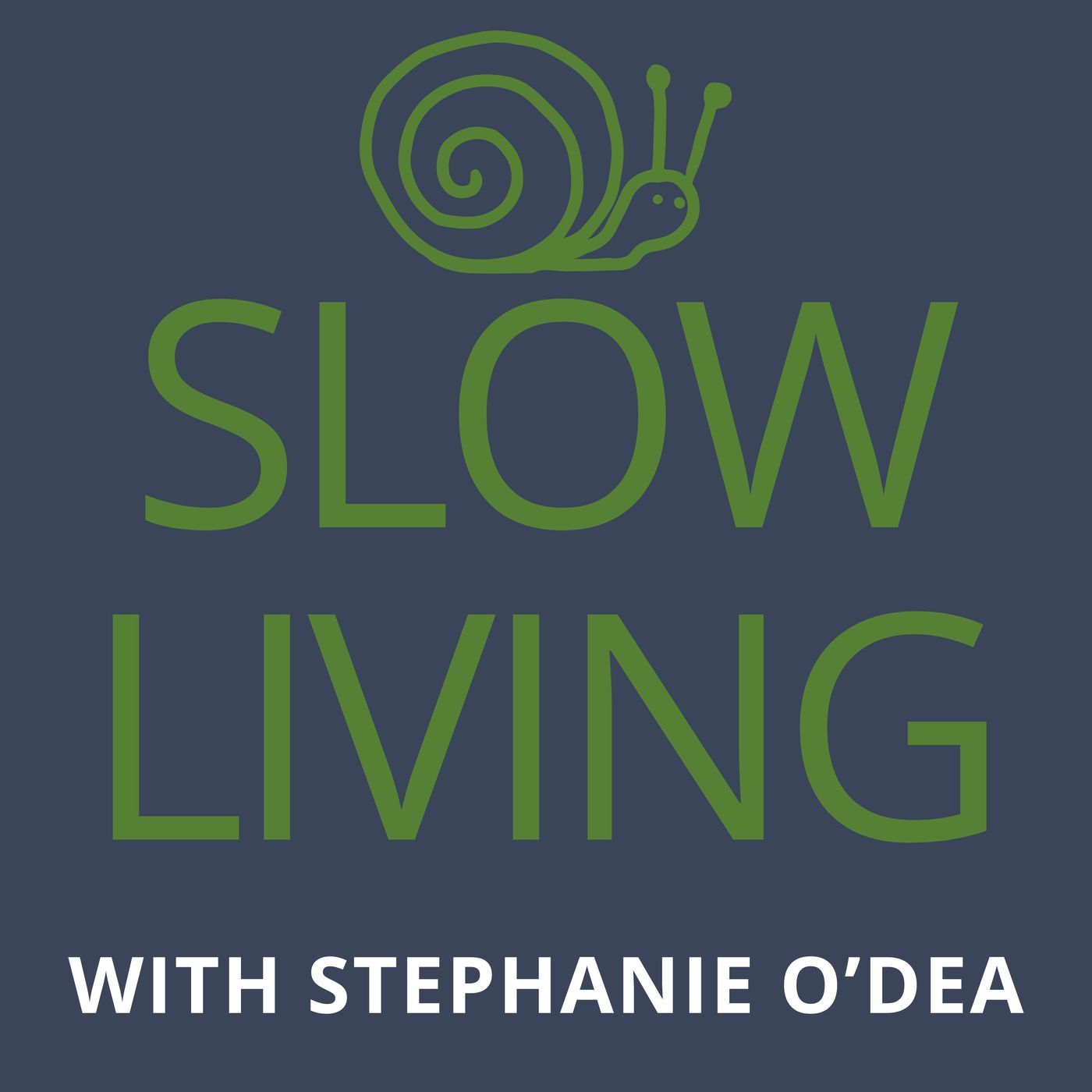
Slow Living
Stephanie ODea
The Glow Up Secrets
Elicia Goguen
Women of Impact
Impact Theory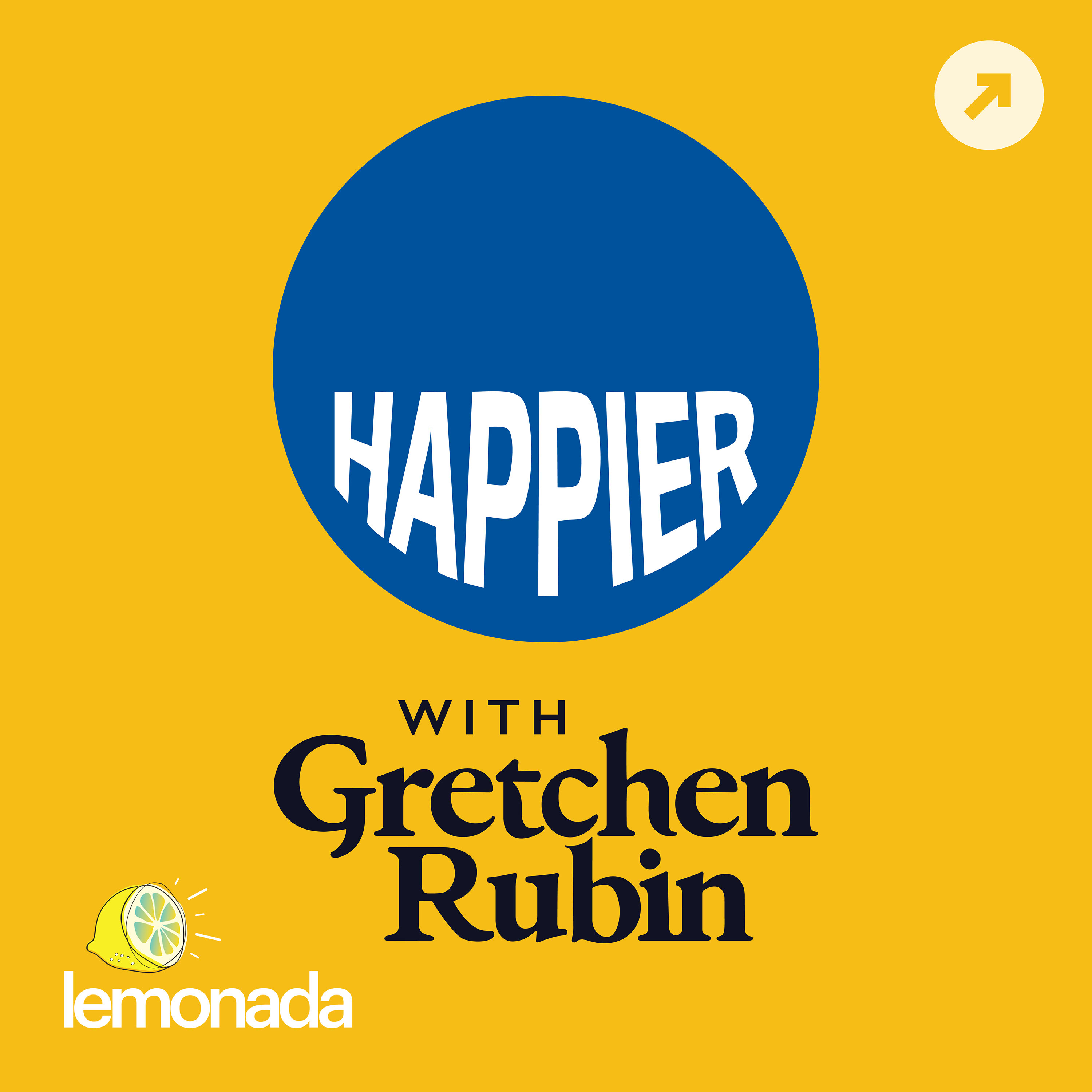
Happier with Gretchen Rubin
Gretchen Rubin / The Onward Project
Busy, Yet Pretty
Jadyn Hailey
How to Survive
Joe Shervell and Chris Morris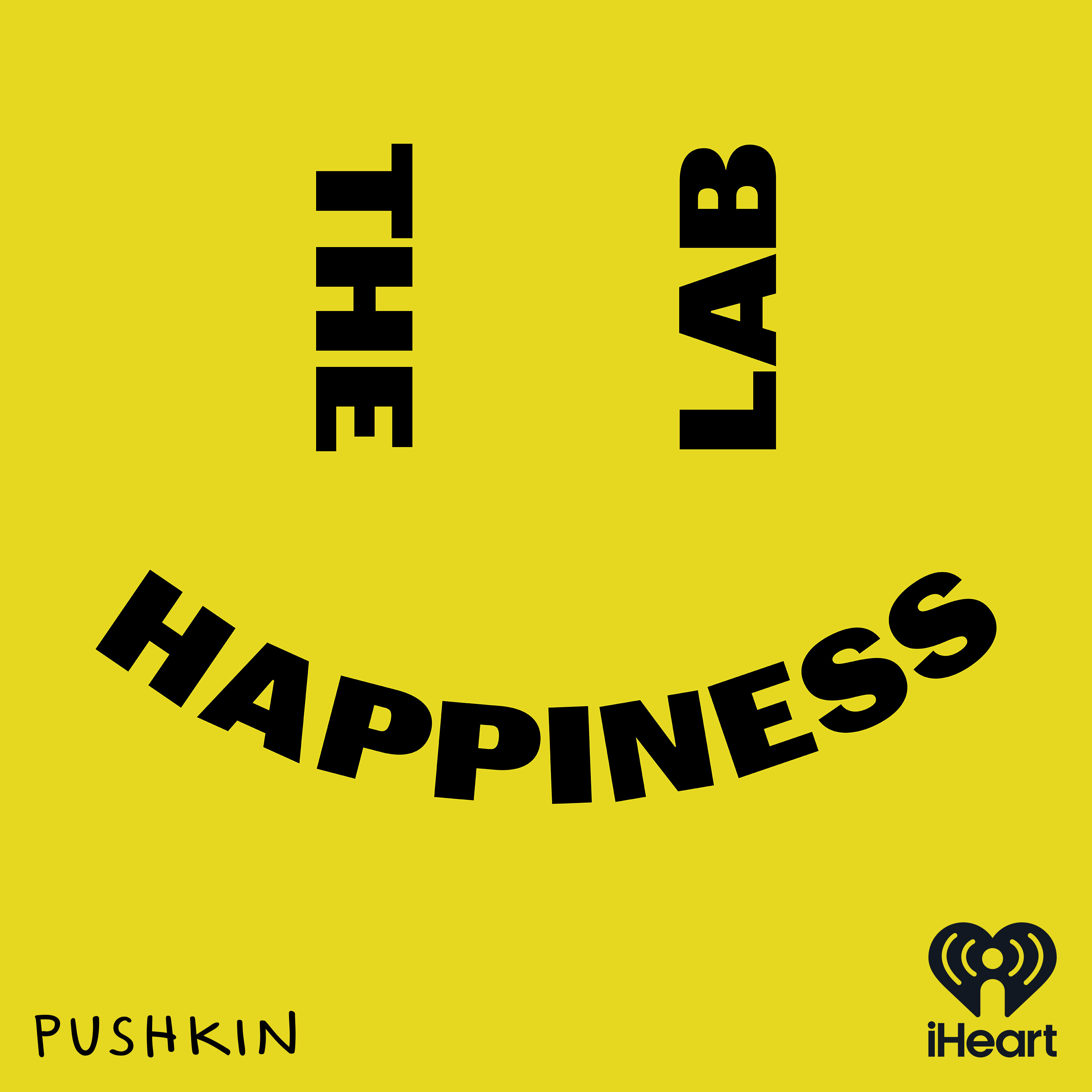
The Happiness Lab with Dr. Laurie Santos
Pushkin IndustriesYOU ARE A BADASS
em_evolving
We Can Do Hard Things
Treat Media and Glennon Doyle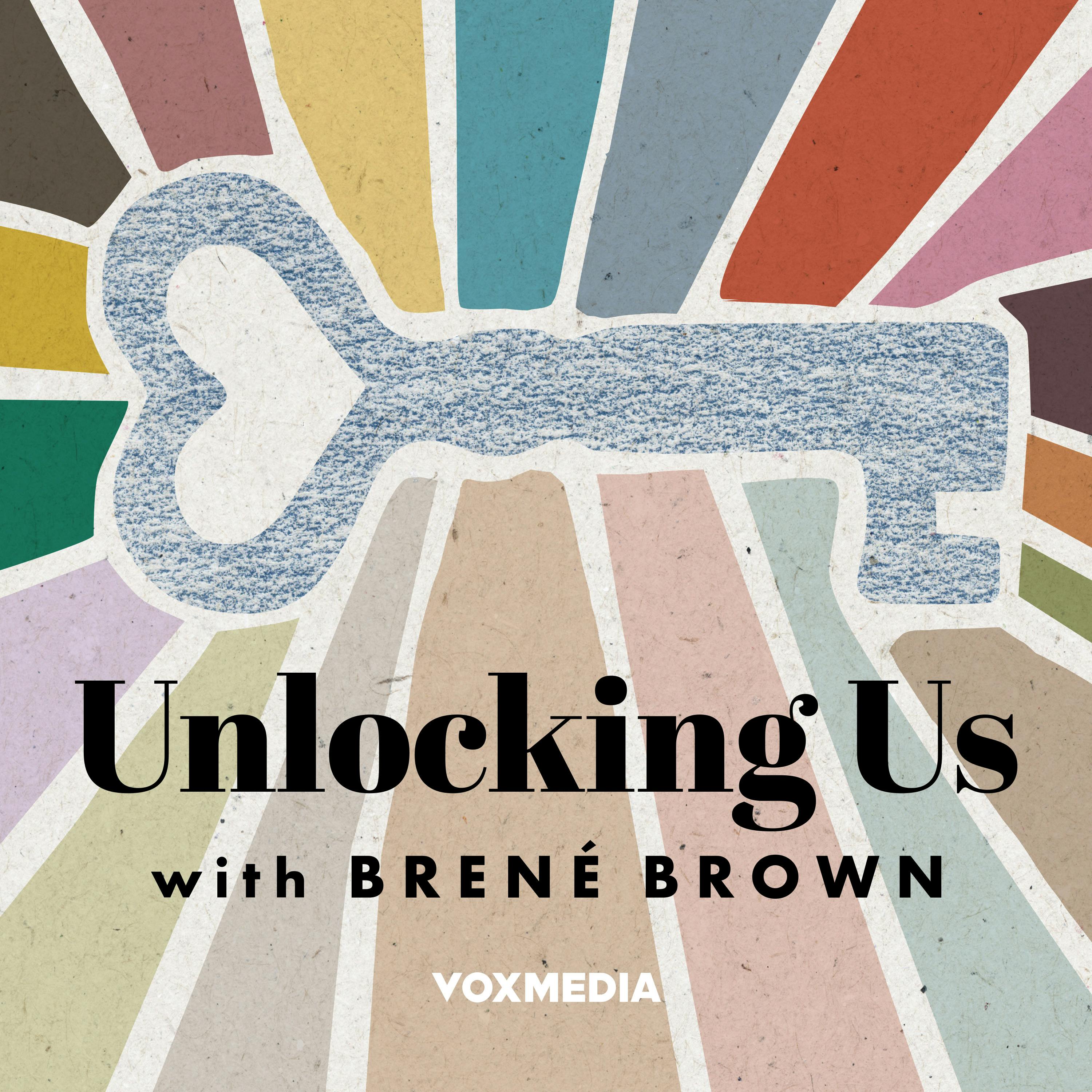
Unlocking Us with Brené Brown
Vox Media Podcast Network
A Better You
Manoela Ford
Almost 30
Krista Williams & Lindsey Simcik
